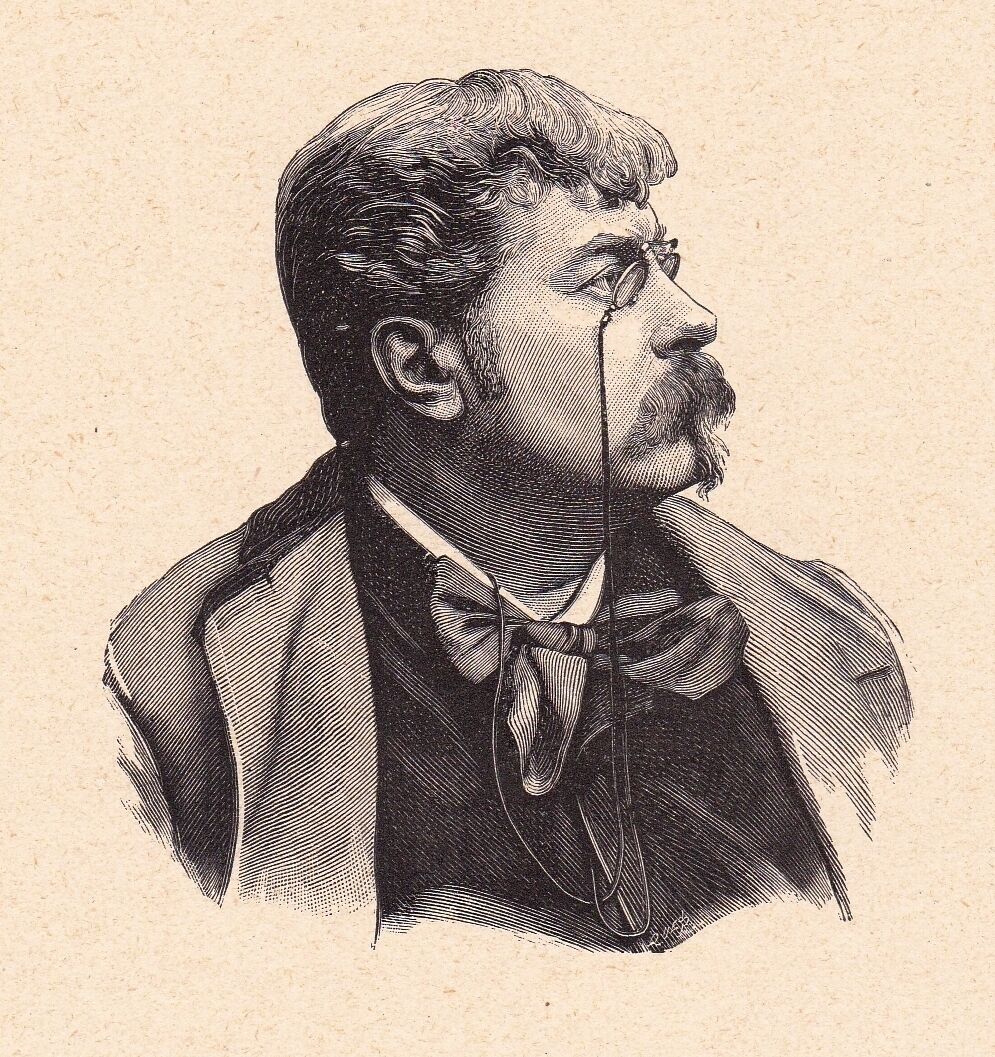Camille Lemonnier
| Camille Lemonnier | |
|---|---|

Camille Lemonnier
|
|
| Born |
Antoine Louis Camille Lemonnier 24 March 1844 Ixelles, Belgium |
| Died | 13 June 1913 (aged 69) Ixelles, Belgium |
| Nationality | Belgian |
| Occupation | journalist, poet, writer |
Antoine Louis Camille Lemonnier (24 March 1844 – 13 June 1913) was a Belgian writer, poet and journalist. He was a member of the Symbolist La Jeune Belgique group, but his best known works are realist. His first work was Salon de Bruxelles (1863), a collection of art criticism. His best known novel is Un Mâle (1881).
Lemonnier was born in Ixelles, Brussels.
He studied law, and then took a clerkship in a government office, which he resigned after three years. Lemonnier inherited Flemish blood from both parents, and with it the animal force and pictorial energy of the Flemish temperament. He published a Salon de Bruxelles in 1863, and again in 1866. His early friendships were chiefly with artists; and he wrote art criticisms with recognized discernment. In 1868 he was a founding member of the Société Libre des Beaux-Arts, an avant-gardist group whose ideals he championed. Taking a house in the hills near Namur, he devoted himself to sport, and developed the intimate sympathy with nature which informs his best work. Nos Flamands (1869) and Croquis d'automne (1870) date from this time. Paris-Berlin (1870), a pamphlet pleading the cause of France, and full of the author's horror of war, had a great success.
His capacity as a novelist, in the fresh, humorous description of peasant life, was revealed in Un Coin de village (1879). In Un Mâle (1881) he achieved a different kind of success. It deals with the amours of a poacher and a farmer's daughter, with the forest as a background. Cachaprès, the poacher, seems the very embodiment of the wild life around him. The rejection of Un Mâle by the judges for the quinquennial prize of literature in 1883 made Lemonnier the centre of a school, inaugurated at a banquet given in his honour on 27 May 1883. Le Mort (1882), which describes the remorse of two peasants for a murder they have committed, provides a vivid representation of terror. It was remodelled as a tragedy in five acts (1899) by its author. Ceux de la glèbe (1889), dedicated to the "children of the soil", was written in 1885.
He turned aside from local subjects for some time to produce a series of psychological novels, books of art criticism, etc., of considerable value, but assimilating more closely to French contemporary literature. The most striking of his later novels include Happe-chair (1886), often compared with Zola's Germinal, L'Arche, journal d'une maman (1894) and Le Vent dans les moulins (1901), which returns to Flemish subjects.
...
Wikipedia
